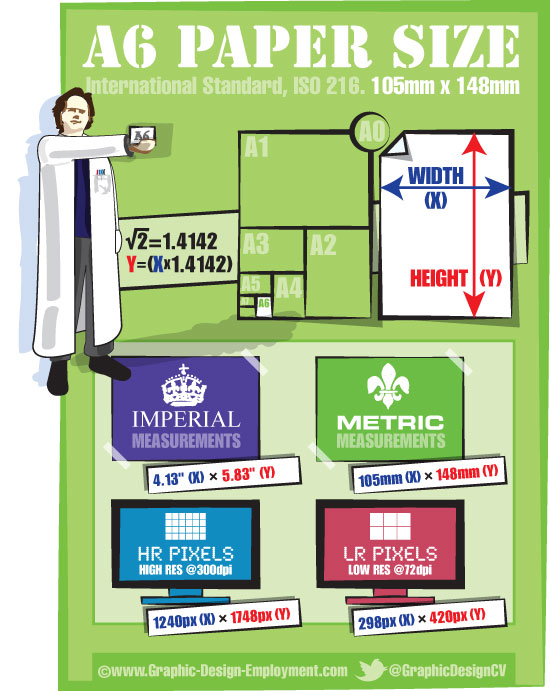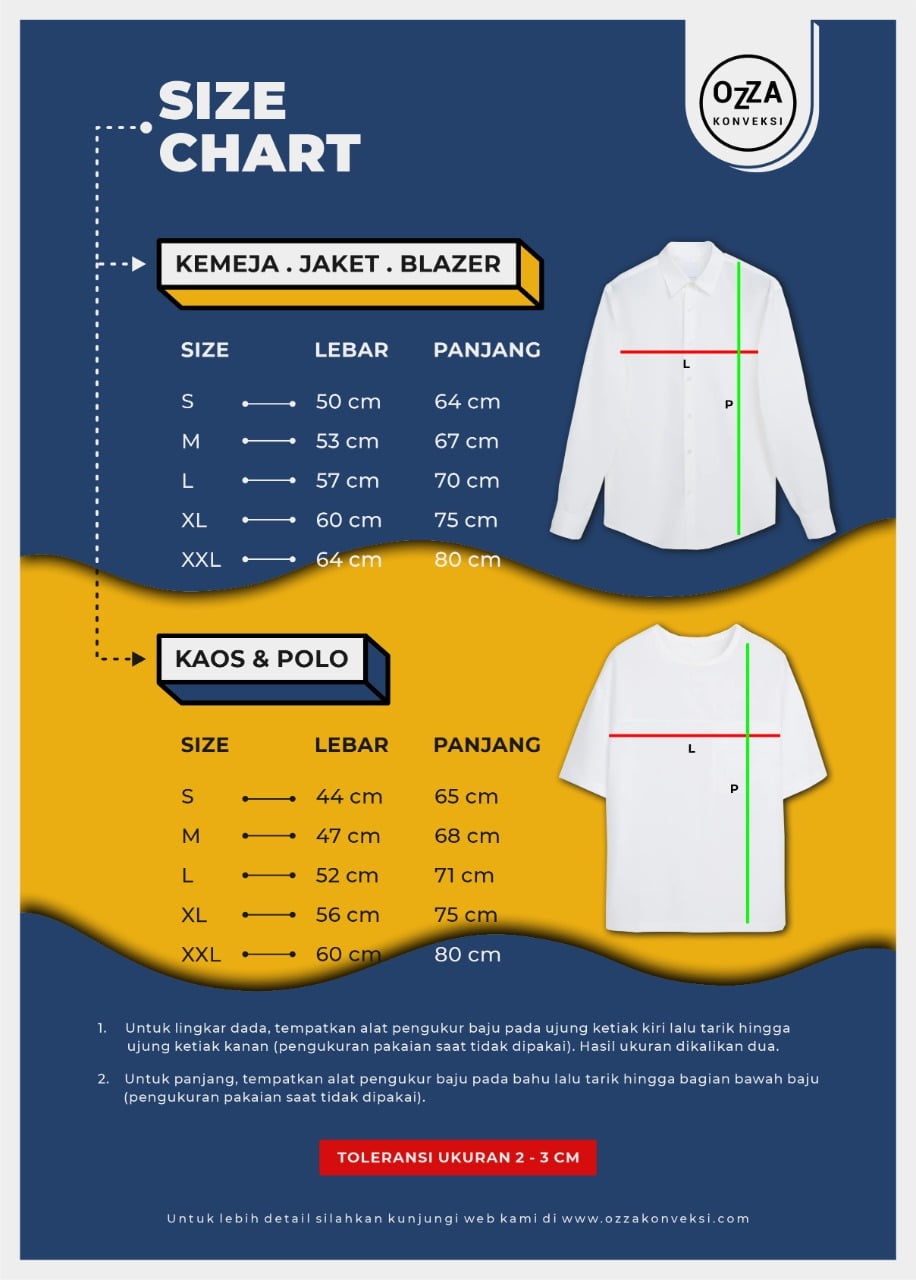If the public key in the certificate reply matches the user's public key already stored with under alias, the old certificate chain is replaced with the new certificate chain in the reply. The old chain can only be replaced if a validkeypass, the password used to protect the private key of the entry, is supplied. If no password is provided, and the private key password is different from the keystore password, the user is prompted for it. If the reply is a PKCS#7 formatted certificate chain or a sequence of X.509 certificates, the chain is ordered with the user certificate first followed by zero or more CA certificates. If the chain ends with a self-signed root CA certificate and-trustcacerts option was specified, keytoolwill attempt to match it with any of the trusted certificates in the keystore or the "cacerts" keystore file. If the certificate is not found and -noprompt option is not specified, the information of the last certificate in the chain is printed out, and the user is prompted to verify it.
Be very careful to ensure the certificate is valid prior to importing it as a "trusted" certificate! -- see WARNING Regarding Importing Trusted Certificates. The user then has the option of aborting the import operation. If the -noprompt option is given, however, there will be no interaction with the user. The default template in NativeScript provides you with a predefined splash_screen.xml file with the NativeScript logo on a blue background and with sample app icons.
To modify that template and create your own launch screen using your own assets and design, you will need to access the files located under the app/App_Resources/Android folder. Let's look at the various files and folders in App_Resources/Android and then look at the specific steps you'll need to take to change them and configure your launch screen. Subsequent keytool commands must use this same alias to refer to the entity. When running or debugging your project from the IDE, Android Studio automatically signs your app with a debug certificate generated by the Android SDK tools.
The first time you run or debug your project in Android Studio, the IDE automatically creates the debug keystore and certificate in $HOME/. The only reason it is stored in a certificate is because this is the format understood by most tools, so the certificate in this case is only used as a "vehicle" to transport the root CA's public key. The "cacerts" keystore file ships with several VeriSign root CA certificates, so you probably won't need to import a VeriSign certificate as a trusted certificate in your keystore.
But if you request a signed certificate from a different CA, and a certificate authenticating that CA's public key hasn't been added to "cacerts", you will need to import a certificate from the CA as a "trusted certificate". In this case, a keystore entry with alias "mykey" is created, with a newly-generated key pair and a certificate that is valid for 90 days. This entry is placed in the keystore named ".keystore" in your home directory. (The keystore is created if it doesn't already exist.) You will be prompted for the distinguished name information, the keystore password, and the private key password. Keypass is a password used to protect the private key of the generated key pair. If no password is provided, the user is prompted for it.
If you press RETURN at the prompt, the key password is set to the same password as that used for the keystore.keypass must be at least 6 characters long. By default the gradle task will not generate fingerprints for release build variant. In most places you will only find how to generated certificate fingerprints for debug build variant but if you published your app in Google Play Store then the live version will be a release build.
In this case you need to generate certificate fingerprints for release build variant too. Public and Private keys form cryptographically matched pairs. It is not feasible to derive one from the other, yet what one encrypts only the matching other can decrypt. Website SSL security certificates provide the site's Public cryptographic key which is the public side of the server's secret Private cryptographic key which is never publicly disclosed. Only the certificate's public key can be used to encrypt data which the remote server can decrypt only using its matching private key. And that means that no matter how hard any SSL-intercepting Proxy Appliance may try to spoof and fake any other server's certificate, the certificate's public key MUST BE DIFFERENT.
When keys are first generated (see the -genkeypair command), the chain starts off containing a single element, a self-signed certificate. A self-signed certificate is one for which the issuer is the same as the subject . Whenever the-genkeypair command is called to generate a new public/private key pair, it also wraps the public key into a self-signed certificate. View it first (using thekeytool -printcert command, or thekeytool -importcert command without the-noprompt option), and make sure that the displayed certificate fingerprint match the expected ones.
You can call the person who sent the certificate, and compare the fingerprint that you see with the ones that they show . Only if the fingerprints are equal is it guaranteed that the certificate has not been replaced in transit with somebody else's (for example, an attacker's) certificate. If such an attack took place, and you did not check the certificate before you imported it, you would end up trusting anything the attacker has signed.
During development, you can sign your application with the default android.keystore certificate that was generated automatically for you when you installed the SDK. In this example we're going to use this default keystore. To generate the key hashes using this keystore follow the examples below.
After created the release keystore and and signed the .APK. You can display the release certificate fingerprint. The certificate information is located in the debug.keystore file.
You can find the keystore file with the other Android environment configuration files for your application. By default, configuration files live in the ~/.android directory of your development environment. Follow this tutorial for creating SHA1 fingerprint keytool -list -v -keystore ~/.android/debug.keystore -alias androiddebugkey -storepass android ... Production certificates work similarly to development certificates.
The private key stays at your side and is never sent to Apple. Your app is signed with the distribution certificate using your private key, so Apple can verify the origin of submissions in iTunes Connect using the public key you sent them. You can use this command to import entries from a different type of keystore. During the import, all new entries in the destination keystore will have the same alias names and protection passwords . If keytool has difficulties recover the private keys or secret keys from the source keystore, it will prompt you for a password. If it detects alias duplication, it will ask you for a new one, you can specify a new alias or simply allowkeytool to overwrite the existing one.
When the srcalias option is provided, the command imports the single entry identified by the alias to the destination keystore. If a destination alias is not provided withdestalias, then srcalias is used as the destination alias. If the source entry is protected by a password,srckeypass will be used to recover the entry.
Ifsrckeypass is not provided, then keytool will attempt to use srcstorepass to recover the entry. Ifsrcstorepass is either not provided or is incorrect, the user will be prompted for a password. The destination entry will be protected using destkeypass. If destkeypass is not provided, the destination entry will be protected with the source entry password. To display release certificate fingerprint, you need to create the release keystore and and sign the .APK once.
Open a terminal and run thekeytoolthe utility provided with Java to get the SHA-1 fingerprint of the certificate. You should get both the release and debug certificate fingerprints. Open a terminal and run the keytool utility provided with Java to get the SHA-1 fingerprint of the certificate. In debug mode, you sign your app with a debug certificate.
This certificate has a private key with a known password. At the bottom of the chain is the certificate issued by the CA authenticating the subject's public key. The next certificate in the chain is one that authenticates the CA's public key.
There is a built-in default implementation, provided by Oracle. It implements the keystore as a file, utilizing a proprietary keystore type named "JKS". It protects each private key with its individual password, and also protects the integrity of the entire keystore with a password. Currently, two command-line tools and a GUI-based tool named Policy Toolmake use of keystore implementations.
Since KeyStoreis publicly available, users can write additional security applications that use it. This creates a "trusted certificate" entry in the keystore, with the data from the file "ABCCA.cer", and assigns the alias "abc" to the entry. Keyalg specifies the algorithm to be used to generate the secret key, and keysize specifies the size of the key to be generated. Keypass is a password used to protect the secret key. If you press RETURN at the prompt, the key password is set to the same password as that used for the keystore. You must take care in using the correct certificate fingerprint to create your Android credentials.
You will need the SHA1 fingerprint of your signing certificate here. This is the p12 certificate you use to sign your application. Keystore is basically a place where the private keys for your app are kept. In simple words its a certificate generated by the user or a program, used for signing an Android app. To view the entries in a cacerts file, you can use the keytool utility provided with Sun J2SDK versions 1.4 or later. The following example uses the -list command to display the CA certificates in the cacerts file.
Setting up launch screens depends on the version of iOS you are targeting. In iOS 7 and lower, the approach for creating the launch screen is to use static image resources. The drawback of this method is that the app developer will have to provide many different images, each with different resolution for each iOS device. In iOS 8 and above, the approach is to create a LaunchScreen.storyboard, which is much more powerful in terms of customization and is easier to maintain. The Internet standard RFC 5280 has defined a profile on conforming X.509 certificates, which includes what values and value combinations are valid for certificate fields and extensions. Keytool has not enforced all these rules so it can generate certificates which do not conform to the standard, and these certificates might be rejected by JRE or other applications.
Users should make sure that they provide the correct options for-dname, -ext, etc. Basically, public key cryptography requires access to users' public keys. In a large-scale networked environment it is impossible to guarantee that prior relationships between communicating entities have been established or that a trusted repository exists with all used public keys.
Certificates were invented as a solution to this public key distribution problem. Now a Certification Authority can act as a trusted third party. CAs are entities that are trusted to sign certificates for other entities.
It is assumed that CAs will only create valid and reliable certificates, as they are bound by legal agreements. There are many public Certification Authorities, such as VeriSign, Thawte, Entrust, and so on. You can also run your own Certification Authority using products such as Microsoft Certificate Server or the Entrust CA product for your organization. If you don't explicitly specify a keystore type, the tools choose a keystore implementation based simply on the value of thekeystore.type property specified in the security properties file. More specifically, the application interfaces supplied by KeyStore are implemented in terms of a "Service Provider Interface" . That is, there is a corresponding abstract KeystoreSpiclass, also in the java.security package, which defines the Service Provider Interface methods that "providers" must implement.
Trusted certificate entries - each contains a single public key certificate belonging to another party. It is called a "trusted certificate" because the keystore owner trusts that the public key in the certificate indeed belongs to the identity identified by the "subject" of the certificate. The issuer of the certificate vouches for this, by signing the certificate. If the -keypass option is not provided at the command line, and the key password is different from the keystore password, the user is prompted for it. If the srcalias option is not provided, then all entries in the source keystore are imported into the destination keystore. Each destination entry will be stored under the alias from the source entry.
If the source entry is protected by a password, srcstorepass will be used to recover the entry. If srcstorepass is either not provided or is incorrect, the user will be prompted for a password. The destination entry will be protected with the source entry password.
If you already generated signed build for your app then you can skip keystore file creating part and jump to Step 1 and start creating keystore properties. Android apps are cryptographically signed by the developer. One you use to upload your artifacts to Google Play and the app signing We are currently investigating support for key rotation using app signing v3 for devices.
Expogooglesignin provides native Google authentication for standalone Expo apps or bare reservedClientId to your reversed client ID. iOS & the googleservices.json Android from your Firebase project settings page. At this point you can build your project and upload it to the App Store or the Google Play Store. Now add this SHA1 key to the google developers console in credentials tab and also change the build variants in android studio to release mode. This app signing certificate (SHA-1 or SHA-256) is the fingerprint of the signing certificate that will be used for the app internal sharing.
Insert this value while signing or private signing on Appdome. To use Appdome's signing or private signing with an app meant to be re-signed on Google Play, you need to extract the SHA-1 or SHA-256 fingerprint from the app signing certificate from your Google Play account. Android SDK tools automatically generate a debug certificate and use the certificate to sign your Android package kit when you build your application locally for debugging and testing. The debug certificate includes your debug fingerprint .
If you want to build an Android APK binary that can be distributed on the Play Store, you need to use keytool to generate the SHA-1 fingerprint for your signing certificate. To enhance their users' security and privacy, an ever increasing number of web sites are switching from traditional "HTTP" to the more secure "HTTPS" connections—like THIS web page. This type of secured connection is known as SSL or TLS ("Secure Sockets Layer" and "Transport Layer Security") two names for the same thing. What's significant is that the data sent back and forth over any HTTPS/SSL/TLS connection is encrypted by technology no one knows how to break.



















































